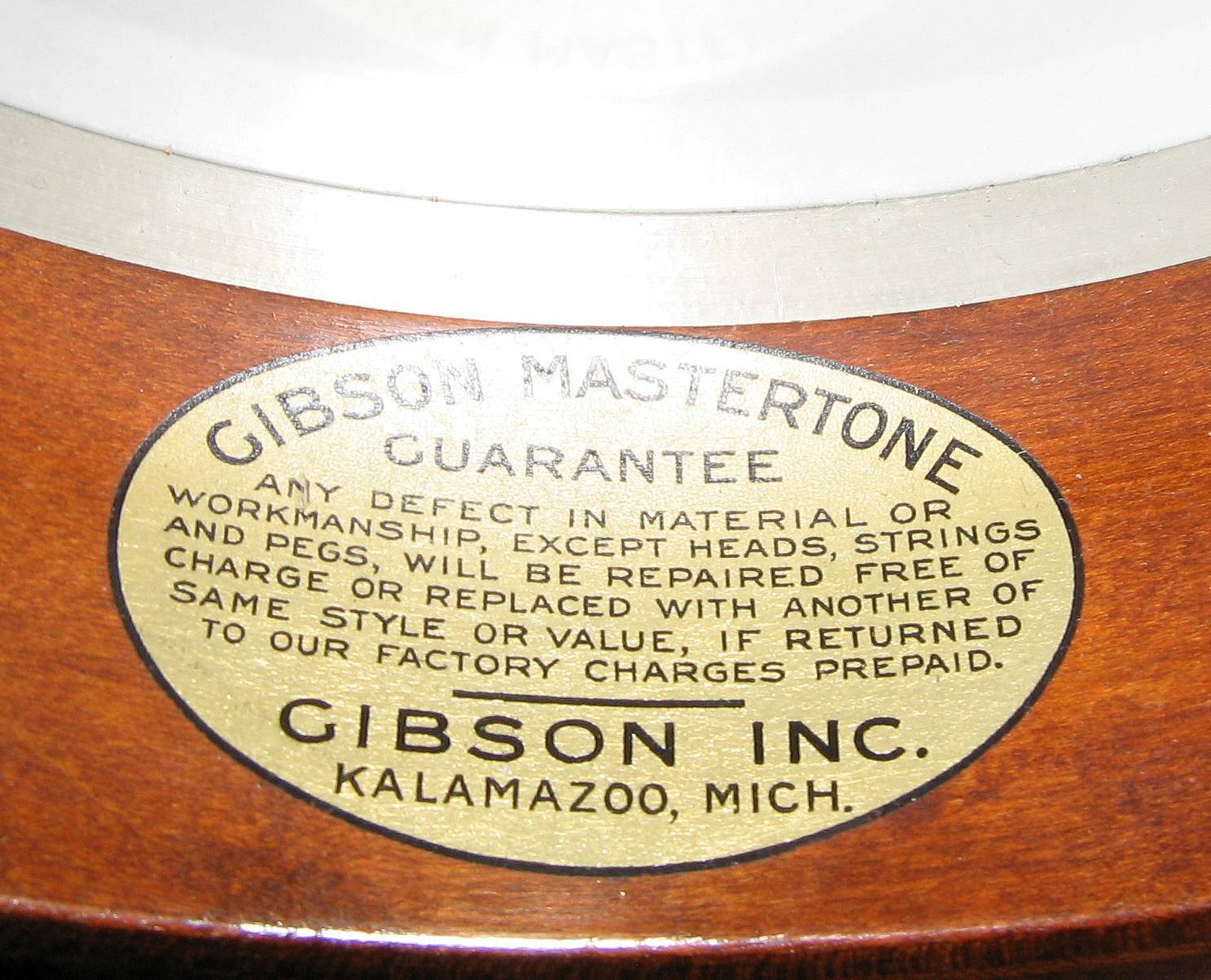
How to Identify a Fake Vintage Gibson Banjo
We are talking here about imitations of vintage Gibson banjos... those from the Pre-World War II era. Later Gibson banjos, from the late 1960's and 1970's are relatively easy to fake... but ironically, the fakes might actually be better than an original!. Seriously, there are a number of things to look for that will give away a fake Pre-War banjo:
Serial Number. The first thing to look for is a legitimate serial number. A serial number could tell you a lot about the history of an instrument. Only the very inexpensive banjos of the 1930's did not have a serial number (however, there are some exceptions in the very late years of the 1930's and early 40's). If you are presented with a style 1 or higher banjo that has no serial number, odds are that it is not genuine. Serial numbers can be faked, of course, but you can refer to the listing on this website to get confidence in whether it "fits" with the banjo:
Is it the right style for the batch number?
Is it the right configuration for the time period?
Is there already a history of that banjo that is consistent with what you are presented?
Decal. All Pre-war Gibson banjos above style 0 had a decal in the rim (some exceptions in the very late stages of production in the 1939-1942 range). Beware however, there are "reproduction" decals in circulation that are used by some unscrupulous people to pass off a fake as a the real thing, but there are ways to tell a fake decal from the real thing... send me an email and I can help if you are suspicious. Gibson Decal Authenticity
This is the real deal:

Ebony Fingerboard. The vast majority of Pre-war banjos were made with Brazilian rosewood fingerboards, not ebony. Some of the high-end banjos had ebony boards, but it was very rare.
Thick Peghead veneers. Gibson used a very thin, died-black veneer on the peghead, not a thick ebony veneer as used today.
White Binding. Only a few of the top-end styles had white binding, notably the Granadas and later style 4's and 12's. The vast majority of pre-war Gibsons were bound with nitrocellulose binding that had a rich cream color. You will find this on the 1's, 2's , 3's, most of the 4's, and even the fancy style 6 banjos.